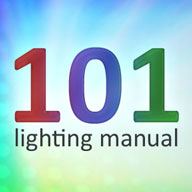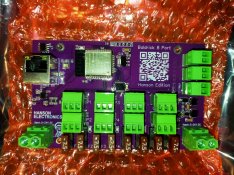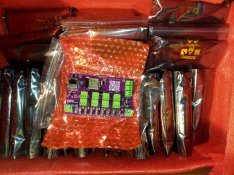darylc
404 darylc not found
- Joined
- Dec 8, 2012
- Messages
- 1,278
Thanks thats a pretty major difference!The firmware claims to output close to 3X the pixels at 40fps than WLED. (The YPS one claims 500 per pin, but not with every pin running at the same time).




